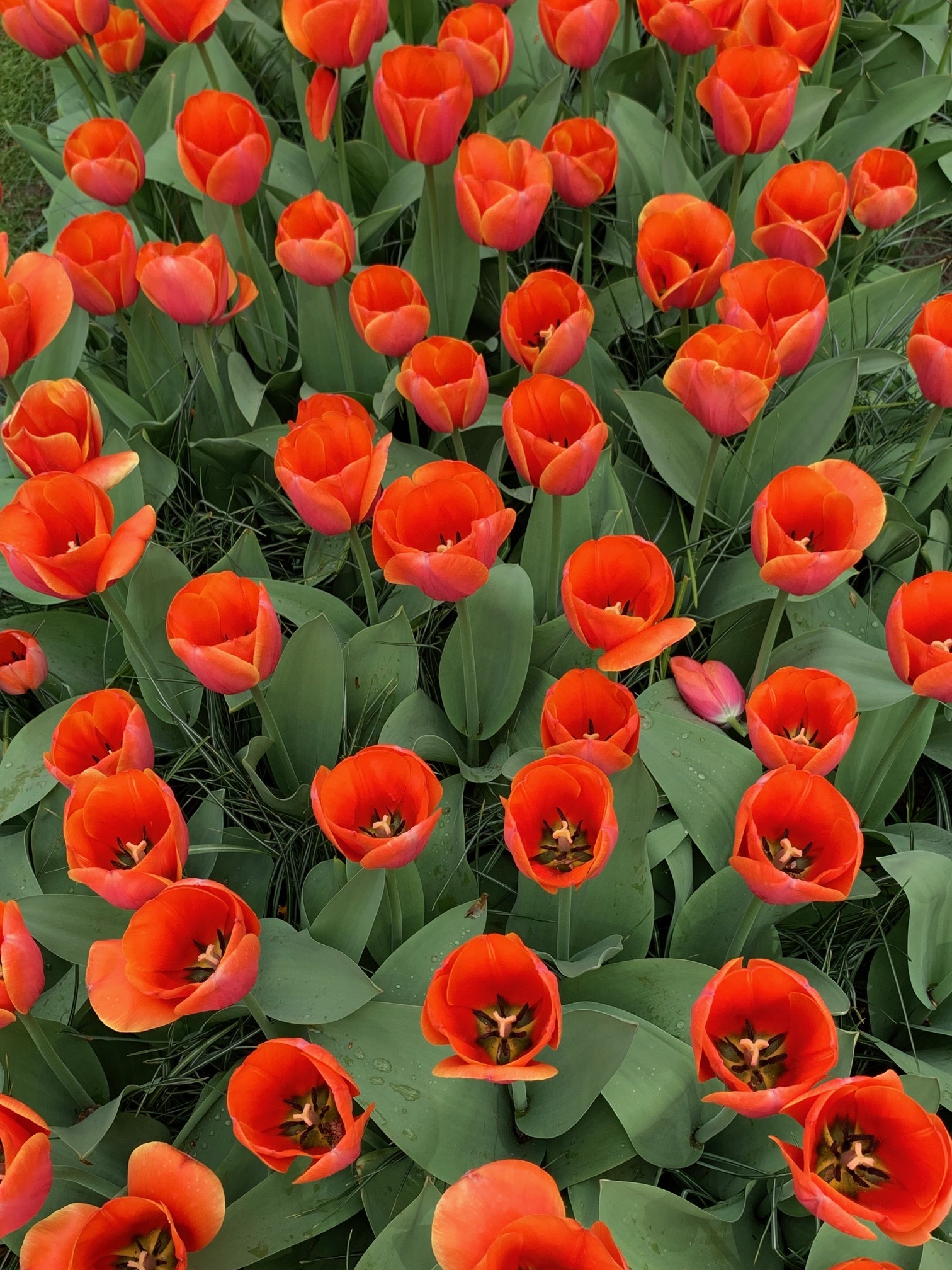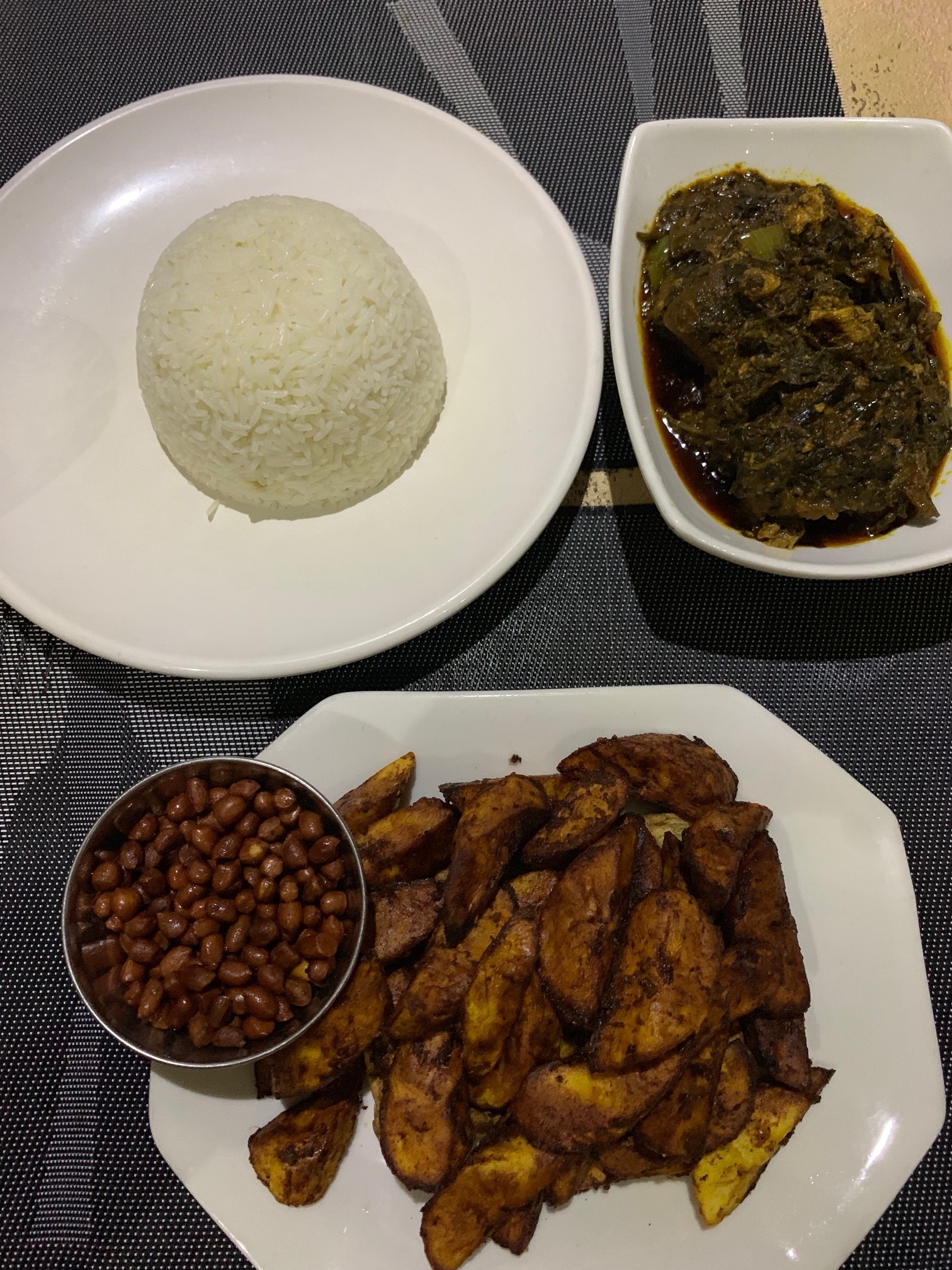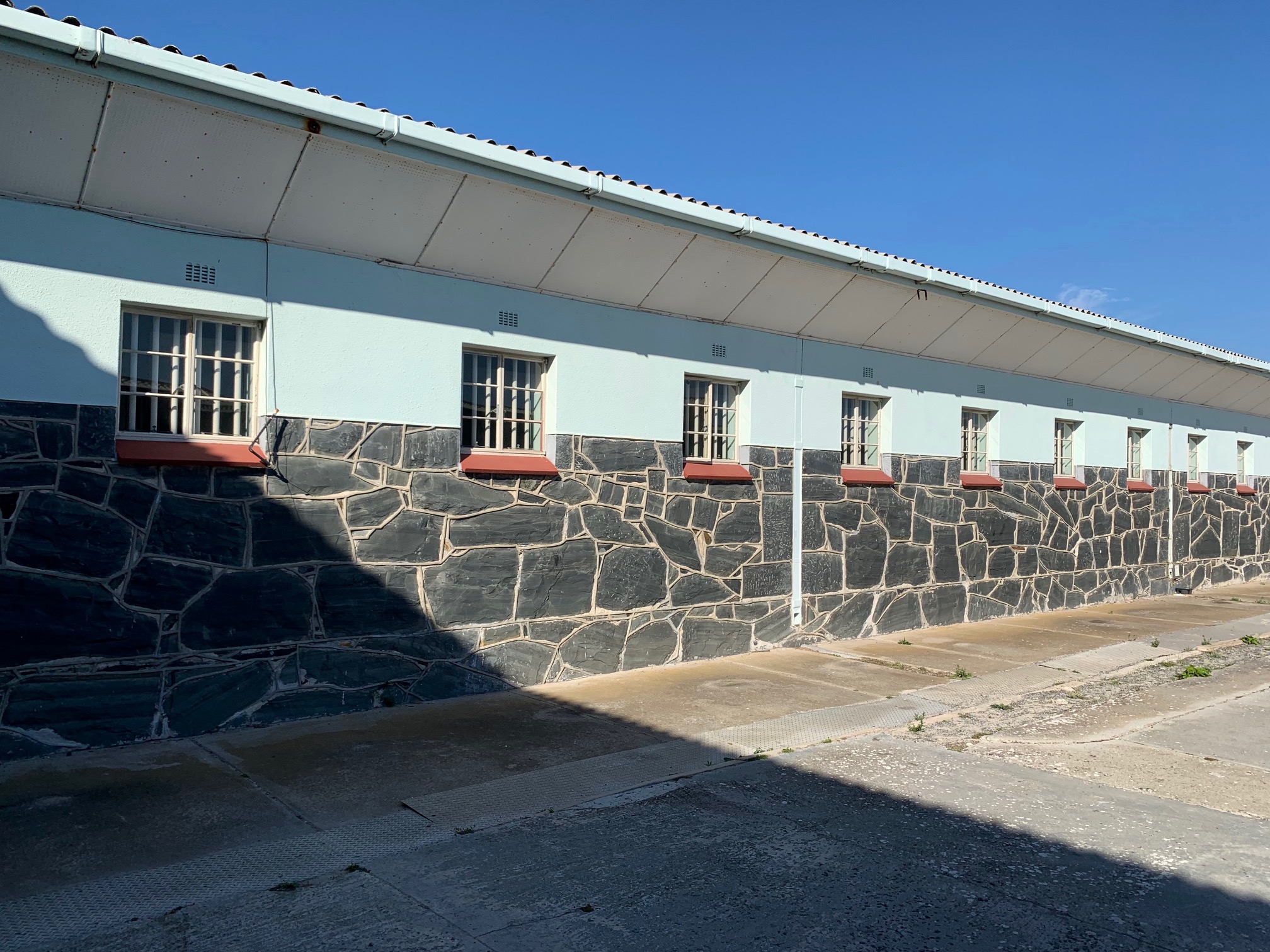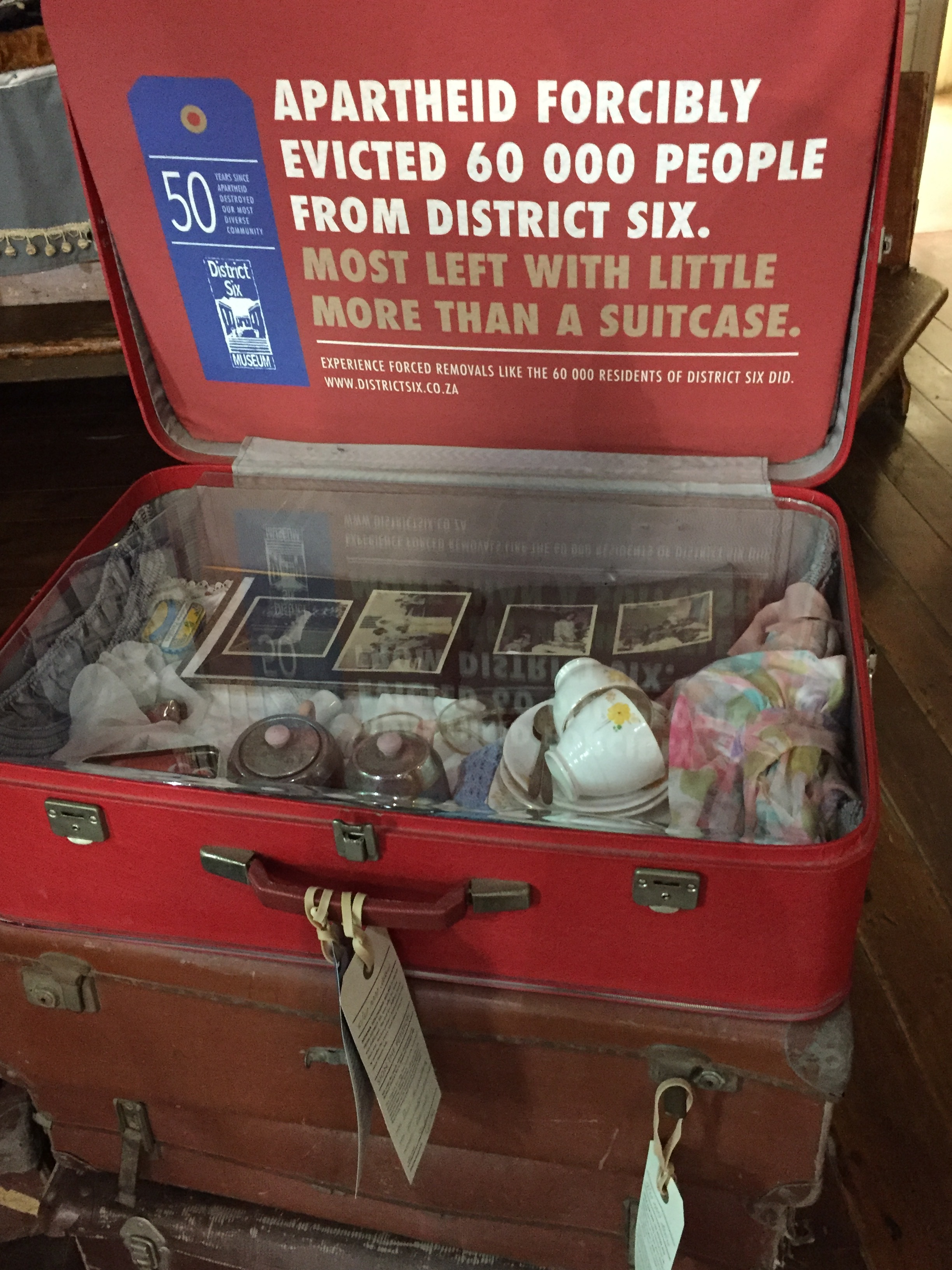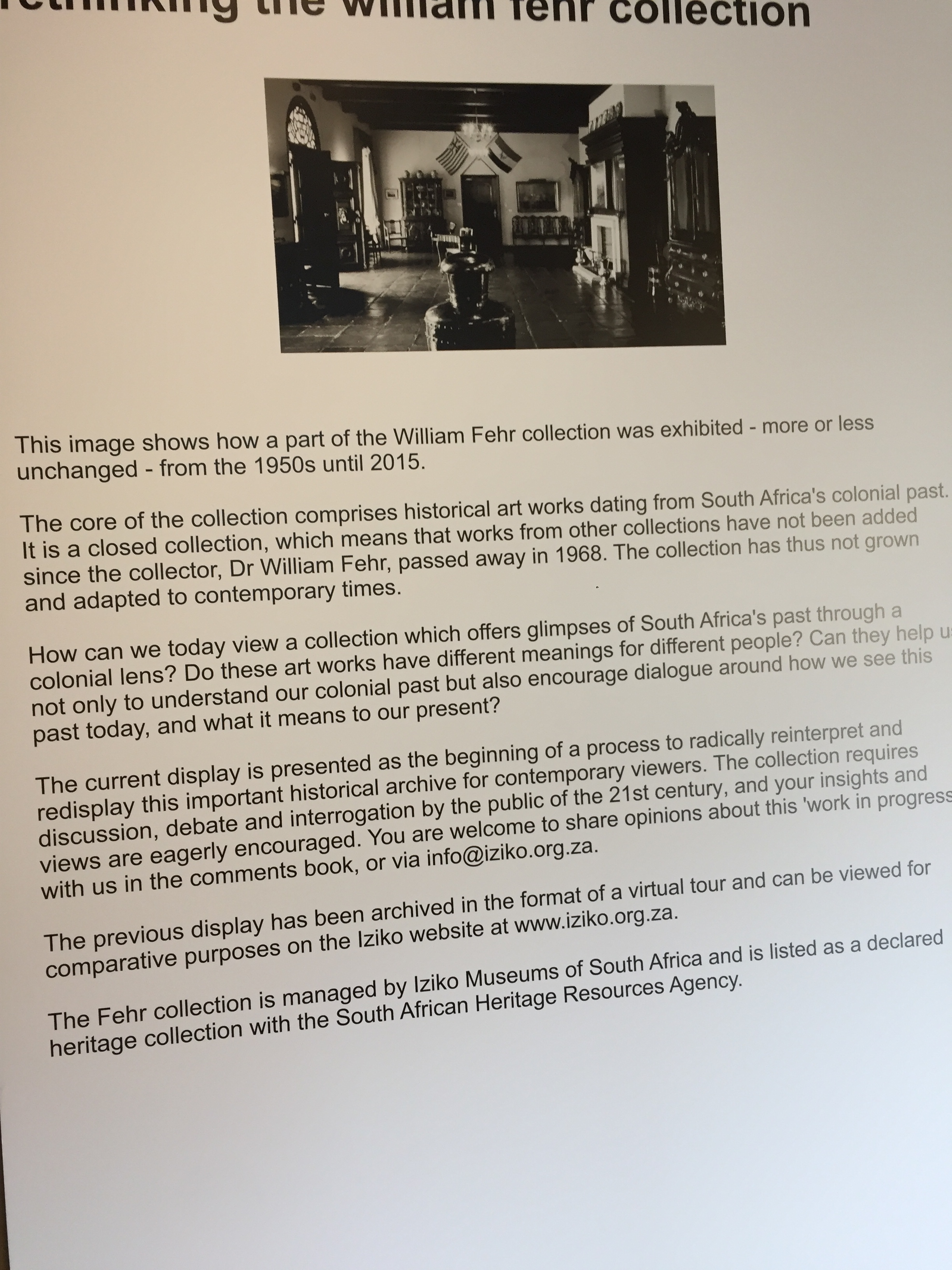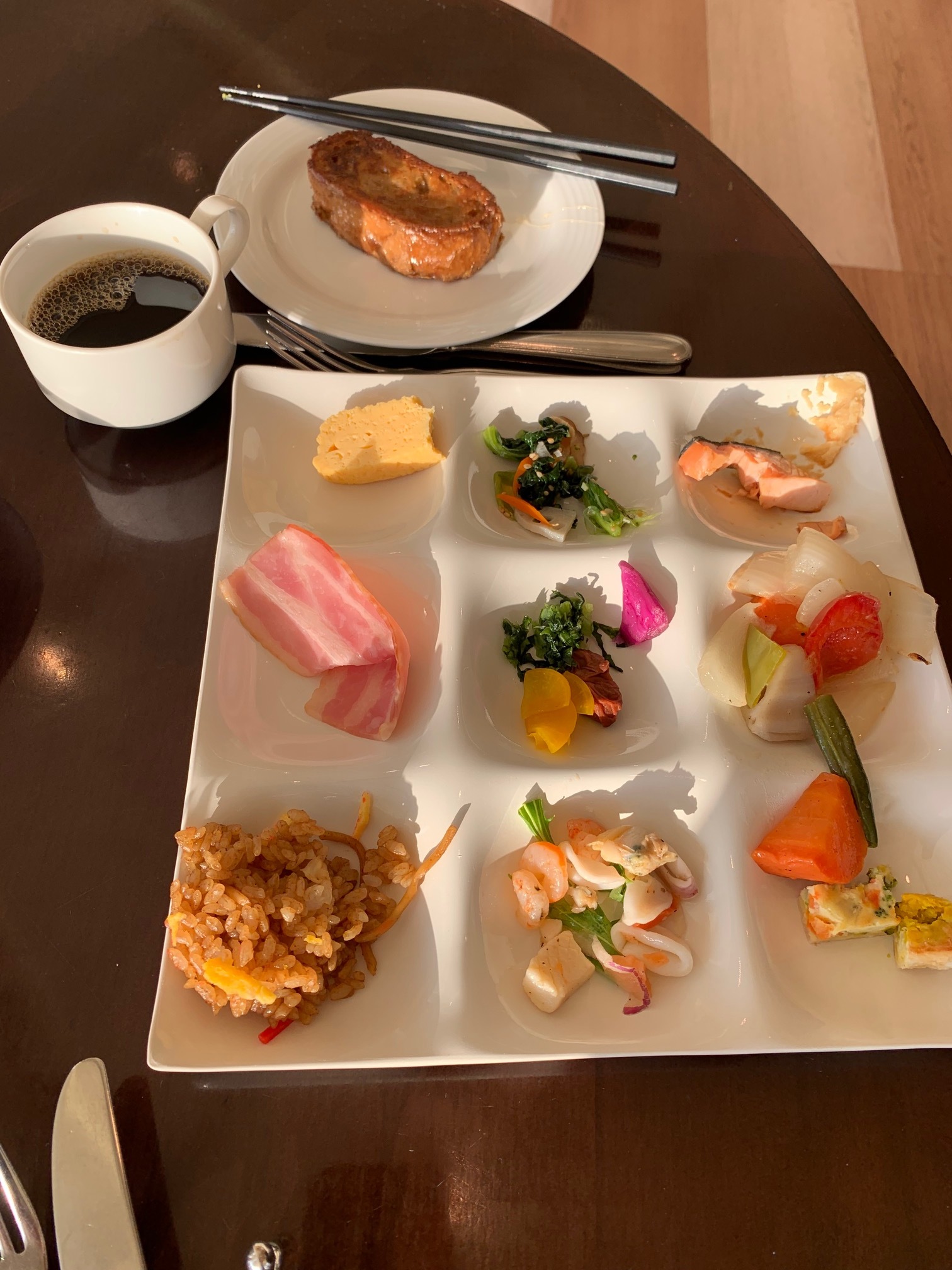“Happiness is a way of travel—not a destination.” (Roy M. Goodman)
Happy New Year! As we enter 2020, we reflect on where we were this time last year. As this blog documented, in January 2019 we began the trip of a lifetime, four months on Semester at Sea (SAS). As depicted in the photos below of the first and last days of our journey, in some ways, we didn’t change. 😊 Yes, we did change clothes, though not much, as we’ve learned the value of packing light and not buying stuff. (Unless, it’s Happy Buddhas!) But, we are indelibly changed…
Happy Travels—through Life
“Traveling—it leaves you speechless, then it turns you into a storyteller.” (Ibn Battuta)
In one of our first blog posts, we shared that Gretchen Rubin in The Happiness Project identifies four aspects of happiness: Anticipate, Savor, Express, and Recall (p. 107). Rubin concludes that all four facets are necessary for the optimal “happy time.” Undoubtedly, these aspects of happiness apply to every day.
Being intentional about anticipating, savoring, expressing, and recalling can make an “ordinary” day extraordinary. Anticipating the pleasure of seeing our grands, savoring time with them, expressing this pleasure to them, and recalling these times deepens our joy. Anticipating the pleasure of a daily walk (on the golf course or local park); savoring the moment of muted clouds, brilliant sun, trilling bird; expressing gratitude or pleasure to the Universe or a companion; and recalling the experience, through sharing a story or silently remembering: All these facets make the experience linger and infuse into our spirits, creating deeper happiness.
We find that of all the dimensions of life, travel engages these aspects of happiness in some of the most intense and meaningful ways.
Truly a World-Wide Web of Connections
“The Ocean Connects us all; It has no borders” (from the documentary, Blue)
As we write this blog, we have reunited with our beloved ocean and are on a month’s retreat on Hutchinson Island, Florida. Listening to the ocean waves and seeing the vast body of water that connects us all, we savor our current experience of our journey. Also, this retreat and return to the ocean is an ideal place to recall and express gratitude for the SAS Voyage and past travels—and anticipate future travels.
Connection is one of the first words that comes to mind in our reflections on the SAS Voyage and our absorption of that experience in the months since our return. Because of previous travel experiences, we anticipated that connections would be a key element of our experience. Yet, we could not have predicted the inexpressible impact of SAS connection.
We feel so much more connected! Connected to our shared planet; the vibrant world; the other travelers we came to love in the Ship community; the people we may have only met once, but who impacted our daily travel experiences, such as our guides or even—and perhaps especially—the stranger who smiled or stopped to help. Because of all we learned about the climate crisis, especially the impact on our Mother Ocean, we feel more connected to our planet—and more responsible for joining with others to affect change. Because of our increased awareness of human rights violations (and progress), we understand more deeply our shared humanity and the need for personal, political and social action, at home and abroad. These connections reinforce our personal and professional values of common good, social justice, and peace.
We understand, at a new level, the interconnected web of humanity. For instance, when we hear on the news about the ongoing situation in Myanmar, we think of the “beauty and brutality” of that country. When we hear about the political unrest in India, we think about our “Chalo, Chalo” connection. We feel connected to places we’ve never been, because we met people on the ship who were from those places. When we hear about the ravages of civil war in Sudan or the unrest and protests in Chile, we think about the brilliant students, Rayan and Felipe, from these countries who were leaders in the shipboard community. Closer to home, when we hear about events in Alabama, California, Oklahoma, Vermont…, we think about SASers who hail from there.
Happily, these connections continue with SASers! We are grateful for social media to continue our connections. Schuyler, one of Larry’s delightful students who lives locally, has had dinner with us a couple times. In the fall, a SAS life-long learner, Suzanne stopped by for lunch on her trek across country. November, 2019, we presented at a professional conference in Denver, CO. So, of course, we took a few extra days to re-connect with SASers in the area, including Laura T. and Susan S. in Denver. Karen and Mike hosted us for a couple nights in Ft. Collins, amidst a beautiful (but treacherous) winter snowstorm. Other SASers braved the elements for a dinner at their house: Oscar, Bernadette, Mia, Kelly, and Greg. And, brunch in Boulder with our “ship-daughter,” Megan H., was a special treat.
The Inward and Onward Journey
“We travel not to escape life, but for life not to escape us.” (Anonymous)
Certainly, through this shared experience, we feel more connected to each other—closer as a couple. One of the joys of traveling with a companion is the anticipation, savoring, expressing, and recalling are doubled in the process. As we said in an earlier post, part of our wedding vows (36 years ago) was to travel the world together. Through sickness and health, throughout life’s journey, we keep our vows.
Also, though it’s perhaps the most difficult aspect to articulate, we feel more connected to ourselves—an individual, inward spiritual connection. Much of the deepening meaning of travel (as in life) is the reflection on experiences. John Dewey said, “We do not learn through experience, we learn through reflection on that experience.” This reflection involves recalling the experience, expressing (albeit perhaps internally) the impact of that experience, savoring the meaning and memory, and, then anticipating how to use that experience going forward.
So, happily, we are fortunate to be able to travel the world. Also, happily, we are able to travel, without leaving our home (Casa de Paz). The journey is both inward and onward.
No matter where the journey leads, we plan to live “happily ever after”—as we anticipate, savor, express, and recall. We will continue to post—as we document and reflect on our travel experiences—both inward and outward. We hope to see some of you in 2020, either somewhere in our travels or when you visit us at Casa de Paz. And, even if we don’t know you (yet-😊), if you are reading this blog, you’re a traveler, too. We are happy to be connected.









































